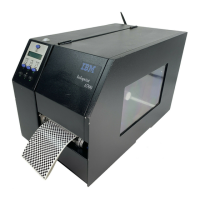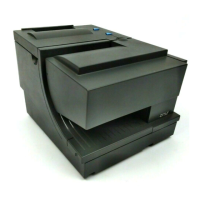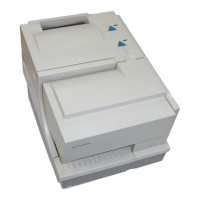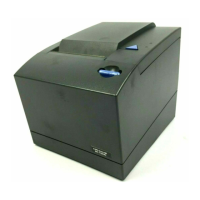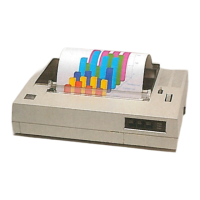Glossary
I
i
c
. See current inline print coordinate.
i
i
. See initial inline print coordinate
I. See inline direction.
+I. Positive inline direction.
I
c
. See current inline presentation coordinate.
I
o
. See inline presentation origin.
I axis. The axis of an I,B coordinate system that
extends in the inline direction. The I axis does not
have to be parallel to the X
p
axis of its bounding X
p
,Y
p
coordinate space.
I,B coordinate system. The coordinate system used
to present graphic characters. This coordinate
system is used to establish the inline and baseline
directions for the placement of successive graphic
characters within a presentation space. See also
X
p
,Y
p
coordinate system.
I-direction. (1) The direction in which successive
characters appear in a line of text. (2) In GOCA, the
direction specified by the character angle attribute.
Synonymous with inline direction.
image. An electronic representation of a picture
produced by means of sensing light, sound, electron
radiation, or other emanations coming from the
picture or reflected by the picture. An image can also
be generated directly by software without reference
to an existing picture.
image data. Rectangular arrays of raster information
that define an image.
image object. An object that contains image data.
See also object.
Image Object Content Architecture (IOCA).An
architected collection of constructs used to
interchange and present images.
image presen tation space (IPS). A two-dimensional
conceptual space in which an image is generated.
image segment. Image content bracketed by Begin
Segment and End Segment self-defining fields. See
also segment.
IM image. A migration image object that is resolution
dependent, bilevel, and cannot be compressed or
scaled. Contrast with IO image.
IM-image command set. In the IPDS architecture, a
collection of commands used to present IM-image
data in a page, page segment, or overlay.
immediate mode. The mode in which segments are
executed as they are received and then discarded.
Contrast with store mode.
information density. The number of characters per
inch (cpi) in a bar code symbology. In most cases,
the range is three to ten cpi. See also bar code
density, character density, and density.
inline coordinate. The first of a pair of values that
identifies the position of an addressable position with
respect to the origin of a specified I,B coordinate
system. This value is specified as a distance in
addressable positions from the B axis of an I,B
coordinate system.
inline direction (I). (1) The direction in which
successive characters appear in a line of text. (2) In
GOCA, the direction specified by the character angle
attribute. Synonymous with I-direction.
inline margin. The inline coordinate that identifies
the initial addressable position for a line of text.
inline presentation origin (I
o
). The point on the I axis
where the value of the inline coordinate is zero.
Intelligent Printer Data Stream (IPDS). An architected
host-to-printer data stream that contains both data
and controls defining how the data is to be presented.
inte rc h a n g e . The predictable interpretation of shared
information in an environment where the
characteristics of each process need not be known to
all other processes. Contrast with exchange.
intercharacter adjustment. Additional distance
applied to a character increment that increases or
decreases the distance between presentation
positions, effectively modifying the amount of white
space between graphic characters. The amount of
white space between graphic characters is changed to
spread the characters of a word for emphasis,
distribute excess white space on a line among the
words of that line to achieve right justification, or
move the characters on the line closer together as in
kerning. Examples of intercharacter adjustment are
intercharacter increment and intercharacter
decrement.
intercharacter gap. In bar codes, the space between
two adjacent bar code characters in a discrete code,
for example, the space between two characters in
Code 39. Synonymous with intercharacter space.
Contrast with clear area, element, and space.
intercharacter space. In bar codes, the space
between two adjacent bar code characters in a
discrete code, for example, the space between two
characters in Code 39. Synonymous with
intercharacter gap. Contrast with element and space.
internal leading. A font design parameter referring to
the space provided between lines of type to keep
Glossary of Abbreviations and Definitions 207
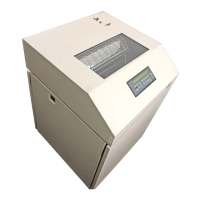
